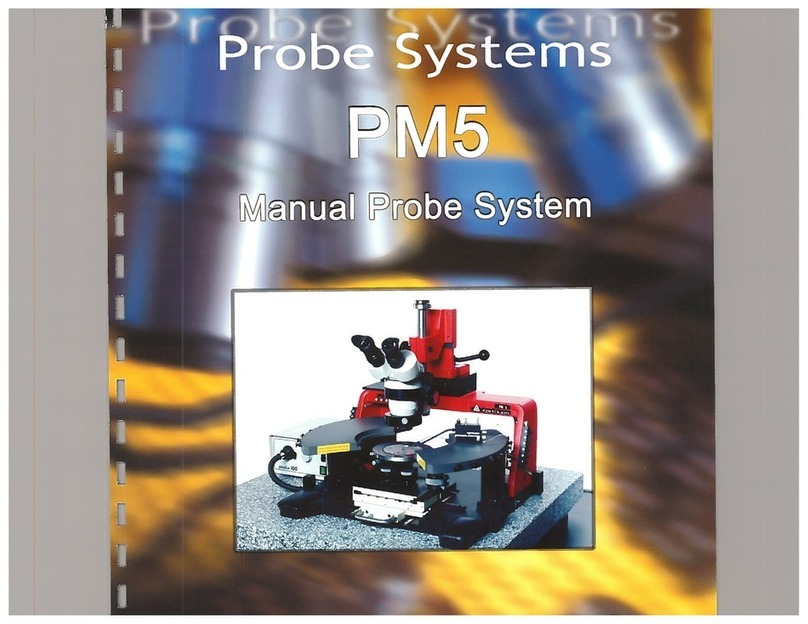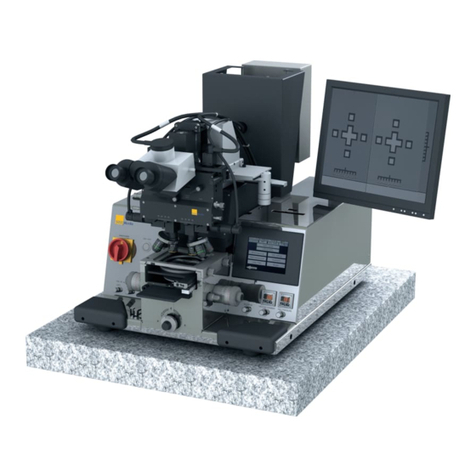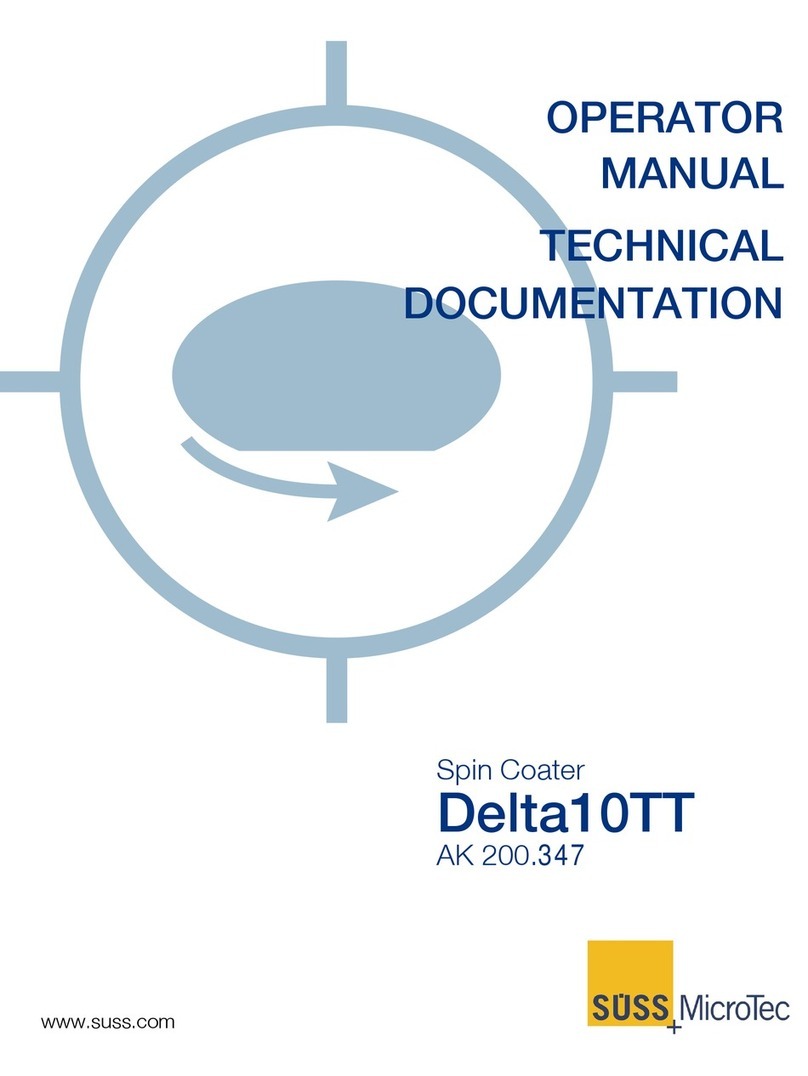Contents
MA6 / MA8 - Contents - Rev.05 07-06 I
I
Contents
Preface .................................................................................................................................................. a
1. Operation of the Machine ................................................................................. 1
1.1 Definitions .......................................................................................................................... 3
1.1.1 How to Use this Manual ........................................................................................ 3
1.1.2 Key LED's ............................................................................................................. 3
1.1.3 Coordinate Systems .............................................................................................. 4
1.1.4 Components of the Exposure Optics ..................................................................... 5
1.1.4.1 Exposure Lamp ....................................................................................... 6
1.1.4.2 Ellipsoidal Mirror ...................................................................................... 6
1.1.4.3 Cold Light Mirror ..................................................................................... 6
1.1.4.4 Fly’s Eye Lens ......................................................................................... 6
1.1.4.5 Condenser Lens ...................................................................................... 6
1.1.4.6 Filters ...................................................................................................... 6
1.1.4.7 Integrator Block ...................................................................................... 6
1.1.4.8 Field Lens ............................................................................................... 6
1.1.4.9 Turning Mirror ......................................................................................... 6
1.1.4.10 Front Lens ............................................................................................... 6
1.1.4.11 Cleaning of Optical Parts ......................................................................... 7
1.1.4.12 Deep UV Exposure .................................................................................. 7
1.2 Controls and Indicators ...................................................................................................... 8
1.2.1 Alignment Stage Controls ...................................................................................... 8
1.2.2 Front Panel Controls .............................................................................................. 9
1.2.3 Keyboard Controls .............................................................................................. 11
1.2.4 TSA-Microscope Controls ................................................................................... 15
1.2.4.1 M 3xx Microscope ................................................................................ 16
1.2.4.2 Dual Video Microscope DVM 6/8 .......................................................... 18
1.2.5 Lamp House Controls ......................................................................................... 18
1.2.6 Joystick and Buttons ........................................................................................... 19
1.3 Operating Procedures ..................................................................................................... 20
1.3.1 Power on Procedure ........................................................................................... 20
1.3.2 First Mask Print Mode ......................................................................................... 20
1.3.3 Top Side Alignment ............................................................................................. 21
1.3.4 Bottom Side Alignment ........................................................................................ 23
1.3.5 Single Bottom Side Alignment ............................................................................. 24
1.4 Advanced Technology ..................................................................................................... 26
1.4.1 Exposure Programs ............................................................................................. 26
1.4.2 Multiple Exposure ................................................................................................ 27
1.4.3 Wedge Error Compensation ................................................................................ 27
1.4.4 Load Mask by Slide ............................................................................................. 27
1.5 Step by Step Machine Interactions .................................................................................. 29
1.5.1 Select Mask Loading Type .................................................................................. 29
1.5.2 SELECT PROGRAM for Exposure ....................................................................... 30
1.5.3 EDIT PARAMETER Menu .................................................................................... 31
1.5.4 Changing the TSA, BSA and Stage Alignment Speed .......................................... 32
1.5.5 EDIT PROGRAM Menu ........................................................................................ 33
1.5.6 Change Mask ...................................................................................................... 34
1.5.7 Load Wafer ......................................................................................................... 35
1.5.8 Load Mask by Slide ............................................................................................. 36
2. Maintenance ....................................................................................................39
2.1 General ............................................................................................................................. 39































